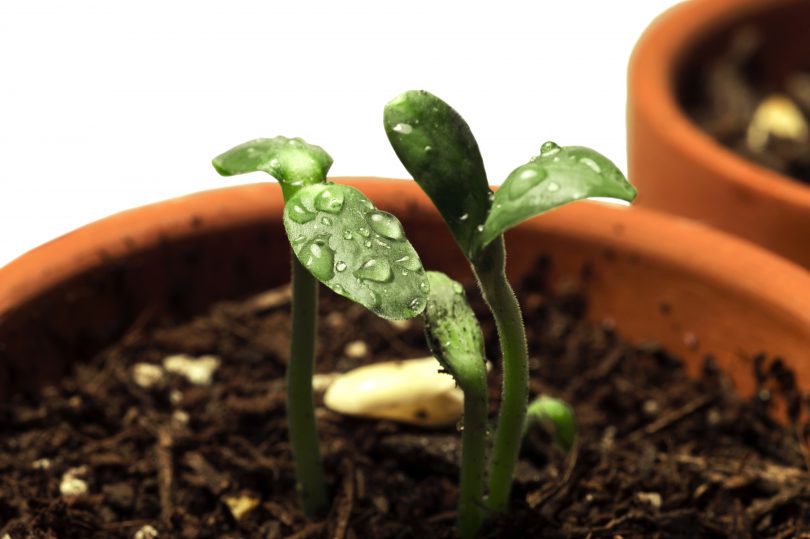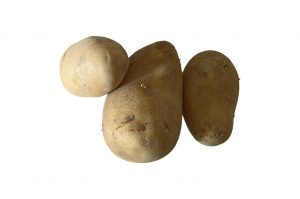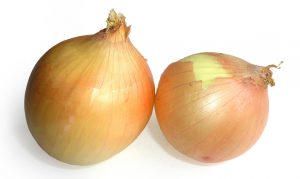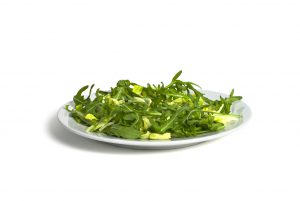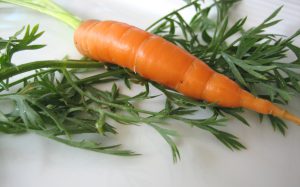By Vicki Spencer, Master Gardener
During the holidays when the kids were home from school, I always looked for projects to keep them busy. One of their favorite projects was to grow plants from kitchen scraps.
Almost 40 years later, we still have an avocado tree that grew from a seed that they planted with my father. When I sold my house in Gunnison, I was worried that I couldn’t care for the tree in my new small apartment. So I drove it cross-country for my daughter to plant sit. Although it had to adapt to a new climate in Arkansas, my daughter is keeping it alive with tender loving care. In fact, it looks much healthier than it did in my mountain home. Although my daughter’s children never got to meet their great-grandfather, they are now living with a tree that he planted.
To grow avocado plants, you should first wash the seed, then gently poke toothpicks into alternate sides to suspend it over a bowl of water. The water should cover the bottom inch of the seed. Keep the container in a warm place, but not in direct sunlight. Remember to check the water every day and add more as needed. It can take up to six weeks for the stem and roots to appear. Once the stem reaches about 6 inches, cut it to 3 inches. When leaves begin to appear, you can plant the seed in soil, remembering to leave about half of it exposed.
When we planted the avocado seed, I never imagined it would take this journey, but I did believe I could grow avocados. While it has not produced fruit, it succeeded in getting me interested in gardening. Since then, I learned there are many more plants you can grow indoors from scraps and transplant to your outdoor garden come springtime.
Potatoes
Most of us have had a potato that we kept around so long it began to sprout. If you catch it in time, it can also be used to grow a new potato. Just cut the potato into sections, making sure each one has one to two eyes. Then, let the pieces sit on the counter at room temperature to dry for a few days. Once they are dry to the touch, you can plant them, but make sure you use a large, deep pot that will hold enough soil for the potatoes to grow.
You can grow sweet potatoes the same way, but you might have more success starting the roots in water. Cut the sweet potato in half, put toothpicks in the sides and suspend the potato above a container of shallow water. The roots will appear in a few days, and sprouts will show up on top of the potato as well. Once the sprouts are about 4 inches long, twist them off and place them in a container of water. When the roots from this container are about an inch long, you can plant the sprouts and the rooted sections in soil.
Celery and onions
Celery and onions are two of the easiest foods to grow from leftover scraps. Cut off the bottom of your celery and lay it in a bowl with a little warm water. Place the bowl in a spot that gets as much direct sunlight as possible. After a week, you should begin to see the leaves thickening and growing along the base. Then you can transplant this new celery in soil and wait for it to grow to full length.
Onions can be grown in the same way as celery, except you can plant them directly in a pot of soil. Cut the end of the onion off about one-half inch above the root line. The onion roots will grow new onions, and you can keep cutting off roots and replanting throughout the year.
Ginger root and garlic
Ginger root and garlic are also easy to grow. Once you get started, you can keep a full supply of each throughout the year. Place a spare piece of ginger root in potting soil with the buds facing up. New shoots and roots will appear in about a week. When this happens, you can pull it up and use it. Just remember to save a piece of the rhizome to replant.
Similarly, you can place the garlic root down in a pot of soil and place the pot in a warm spot with lots of direct sunlight. It roots easily and will produce new shoots. Once the new plant is well-established, cut back the shoots so that the plant focuses on growing large garlic bulbs. Just remember for both ginger and garlic, you need to keep a small piece to replant each time you harvest.
Lettuce, bok choy and cabbage
Surprisingly, lettuce, bok choy and cabbage are also relatively easy to grow from scraps. Instead of throwing leftover leaves out, simply place them in a bowl with a little water in the bottom. Set the bowl in a place that gets good sunlight and spray the leaves with water a couple times a week. After three or four days, you will notice roots beginning to appear along with new leaves. You can plant these leaves in soil to grow.
Carrots
Growing carrot tops is fun because they grow so quickly. They also make pretty houseplants with their fern-like foliage. To grow the carrot tops, you will need about 1 inch of carrot attached to the tops. Stick a toothpick into either side of the carrot stump and balance it on top of a small glass with water that barely touches the bottom of the stump. Place the glass in a window, but not in direct sunlight. Monitor the glass daily to be sure it has enough water. Eventually, white lacy flowers will bloom.
Some plants grow more easily from scraps than others, but it is fun to try different ones. In the process, you might create a living legacy like my father did when he showed his grandkids how to grow an avocado tree from a seed.

